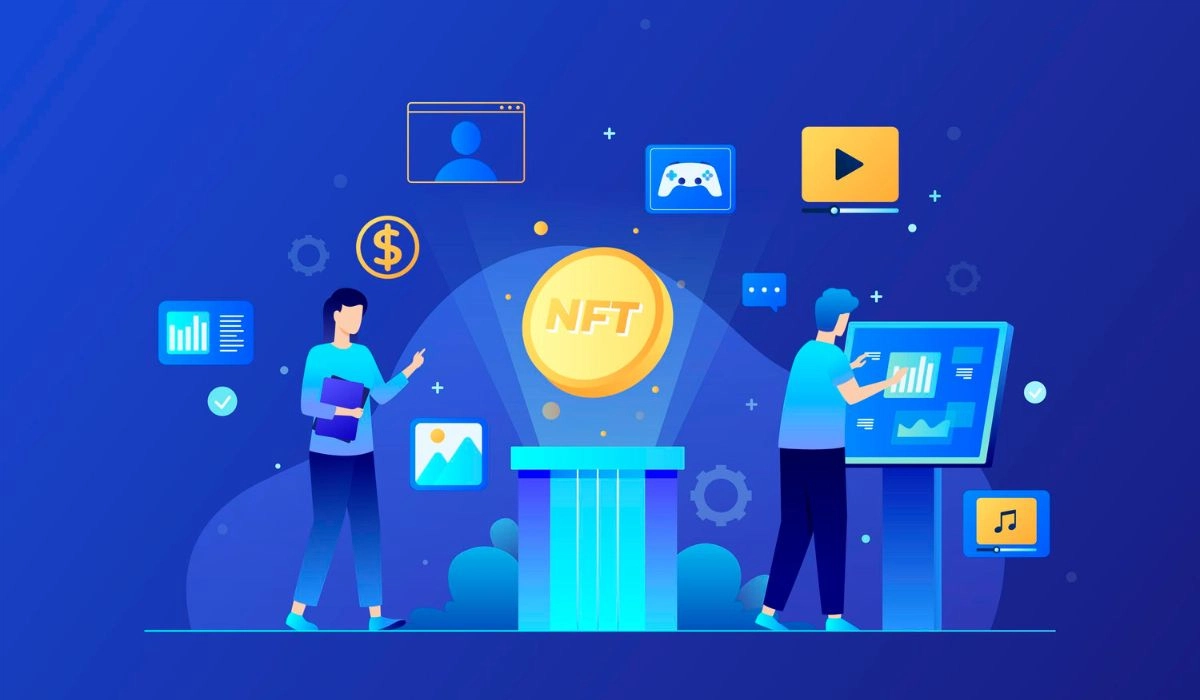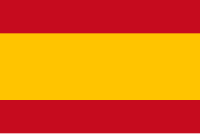The crypto world has a lot of aspects that many individuals don’t know about. The NFT is not one of them, but how to create your own NFT. Now, that’s an entirely different matter. Only a handful of people can efficiently create and sell off to make profits out of them. This is especially true in the case of famed artists and collectors, as they can convert their collections into these unique digital tokens and trade them off in a marketplace at their own desired price. Here, we will be discussing exactly this, how you can easily create and sell your NFTs in the crypto world.
NFTs & Their Key Features
NFTs or Non-Fungible Tokens are unique and irreplaceable digital assets in a blockchain network. They are almost similar to that of cryptocurrencies, meaning they can be bought, sold, and traded like any other asset. The main thing that differentiates them from cryptocurrencies is their non-interchangeable nature. Key features of these NFTs include:
- Blockchain Technology: NFTs are created and recorded on blockchain networks, which helps in providing boosted security and transparency.
- Smart Contracts: When an NFT is created in a blockchain, a smart contract is deployed in the network to define its rules and conditions.
- Unique Identifier: Each NFT has a unique code that distinguishes it from the rest.
- Transferability: You can easily transfer the ownership of NFTs from one person to another.
- Interoperability: NFTs can also be exchanged across different blockchains making them interoperable.
- Ownership: The ownership associated with an NFT can be easily verified through blockchain technology.
- Digital Rights: Owning an NFT can grant you a license to use it as you see fit.
- Scarcity: NFTs are mostly scarce, which will result in a gradual increase in their market value.
- Provenance: The metadata associated with an NFT can be used to verify its ownership, origin, and transaction history.

Types of Assets Represented As NFTs
Different types of things and other real-world objects can be easily converted into NFTs. Here, we will list the most common types of NFTs found in the crypto world so that you know more about them.
- Digital Art
- Photographs
- Songs
- Videos
- Real Estate
- In-game Items
- Event tickets
- Individual Identities.
How To Create Your Own NFTs?
Now that we looked into what NFTs are and the most common objects that can be found as NFTs across different chains, let’s take a look at how you can create your NFTs. For this, refer to the steps given below.
1. Choosing A Digital Medium
The first and foremost thing you need to do is to choose a medium that you want to convert into an NFT. This can range from images and memes to real-world assets like real estate. You can also create 3D objects in a metaverse and can choose these objects as mediums.
2. Selecting A Blockchain
We already know that NFTs are stored and recorded in a blockchain. So, the next thing you need to do is choose a blockchain to host your NFT. Make sure to conduct thorough research before fixing a chain.
3. Create A Crypto Wallet
The next step includes creating a crypto wallet for yourself. There are different types of wallets like software wallets or hardware wallets in the market. Choose one that is most suitable for you. In this particular case, a software wallet is a better choice.
4. Choosing Your Marketplace
After creating your wallet, link it to a marketplace. There are many marketplaces in the crypto world, research each one and come up with one that is perfect for you. Some of the top marketplaces include Opensea, Tensor Solana, and OKX NFT Marketplace.
5. Creating Your NFT
Connect your wallet to the marketplace. Upload your media files and other information about the digital medium to the marketplace. This includes information about its name, description, size, metadata, and so on. After inputting the information, click on the “Create” button.
6. Trade Your NFT
After creating your NFT, put a price on it, and hit “sell”. Depending on the chain you choose, there might be some gas fees.
Note: When you sell your NFT, you relinquish all and every right you have on it.
Potential Risks Associated With Creating NFTs
Even though creating an NFT is easy, it can also pose several problems to the creator in some cases. Here, we will look into some of them to help you better understand the things to keep in mind while creating your NFT.
- Copyrights: It is relatively easy to create NFTs of content without the actual owner’s consent. This can cause major problems for the creator and can even lead to a legal dispute.
- Regulations: NFTs are not considered securities in many countries, so they are not subjected to security regulations.
- Fraud: Scammers can buy a lot of NFTs at a time and cause artificial price inflation. They then sell these off to investors, which can result in a capital loss on the latter’s part.
- Market Volatility: NFTs are considered highly speculative assets, meaning their value can fluctuate at any moment.
- Money Laundering: NFTs are decentralized making them ideal for various money laundering activities and schemes.
- Security Risks: NFTs are also susceptible to various cyber threats like hacking.
- Ethical Issues: NFTs help in concentrating wealth in the hands of a few famous artists and investors.
Final Remarks
Creating an NFT in a marketplace is not that big of a deal if you know what you’re doing. The only thing you need to do is choose a chain and start minting, the process of creating an NFT. However, there are also many things that you need to consider before creating one like gas fees and other charges associated with hosting your NFT on a chain. If you don’t consider all these aspects before creating and trading NFTs, it could end up in a loss for you. So, it would be better to conduct research on these factors and proceed carefully while putting a price on your NFT, as a large price can shoo away most investors. For further updates regarding the NFTs and other related aspects, stay tuned.






